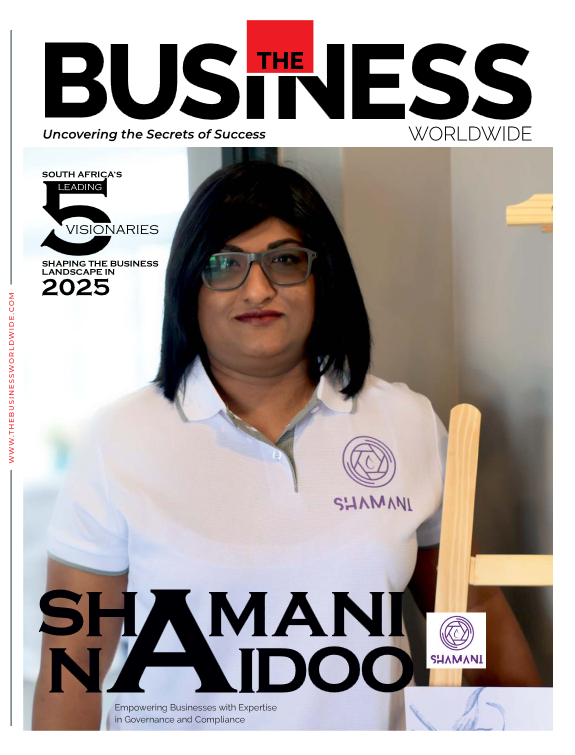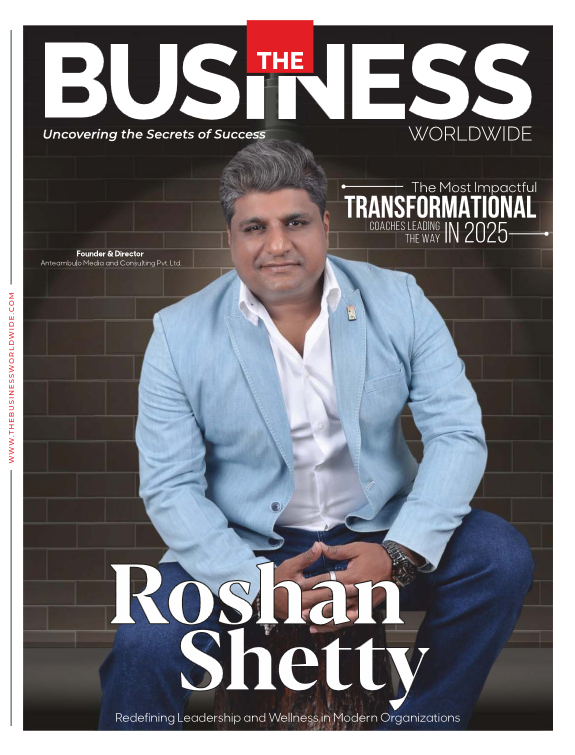The demand for creative talent is perhaps stronger than ever. The World Economic Forum recently cited creative thinking as the second most important employee skill in 2023.
Likewise, a survey of business leaders conducted by Pew Research Center identified creativity as among the most frequently mentioned skills employees need to be successful.
Given such realities, many of today’s workers face unique pressures to standout from their peers and establish a name for themselves as the “creative” in their organization.
But such pressures are not unique to lower-level employees. Being seen as creative is also becoming increasingly associated with effective leadership. One IBM survey, which focused on 1,500 CEOs across 60 countries and 33 different industries, found that “creativity is now the most important leadership quality for success in business, outweighing even integrity and global thinking.”
In many ways, this makes intuitive sense. As business has become increasingly global and dynamic, members at all levels of the organizational hierarchy are expected to develop cutting-edge approaches to improving processes, procedures and practices they encounter in their role.










